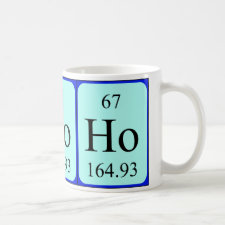
Authors: Ma MM, Liu CL, Su XK, An FQ, Zhang W
Article Title: Preparation and Application of Molecular Imprinting Polymer Based Zero Current Potential Sensor for Benzidine.
Publication date: 2015
Journal: Chinese Journal of Analytical Chemistry
Volume: 43
Issue: (7)
Page numbers: 1021-1026.
Alternative URL: http://online.analchem.cn:8080/fxhx/EN/abstract/abstract13928.htm
Abstract: The effects of polymerization conditions including scan potential range, scan cycles, the concentration ratio of template molecules to functional monomer, pH of the buffer, and washing time for removing the template molecule from the imprinted polymer on the difference of zero current potential of benzidine (BZ) interaction with BZ-MIP were investigated. The optimum preparations were obtained. The imprinted capacity of benzidine, 4-chloroaniline, and 4-aminobiphenyl and carmine was calculated as 0.632, 0.1123, 0.1123, 0.0847 and 0.0725, respectively. This indicated that BZ-MIP had good specific recognition and selectivity to benzidine, and other substances did not interfere with the binding of BZ-MIP with BZ. The zero current potential variation was linear with the lorgarithm of BZ concentration in the range of 4 x 10 - 8-1 x 10 - 5 mol/L with detection limitation of 1.89 x 10 - 8 mol/L. The sensor was used to detect BZ in waste water sample with recoveries of 95.7%-104.2%.
Template and target information: benzidine, BZ
Author keywords: Benzidine, molecular imprinting polymer, Zero current potential, Graphene



Join the Society for Molecular Imprinting

New items RSS feed
Sign-up for e-mail updates:
Choose between receiving an occasional newsletter or more frequent e-mail alerts.
Click here to go to the sign-up page.
Is your name elemental or peptidic? Enter your name and find out by clicking either of the buttons below!
Other products you may like:
 MIPdatabase
MIPdatabase









